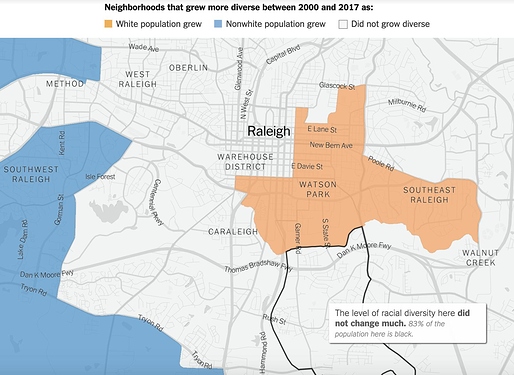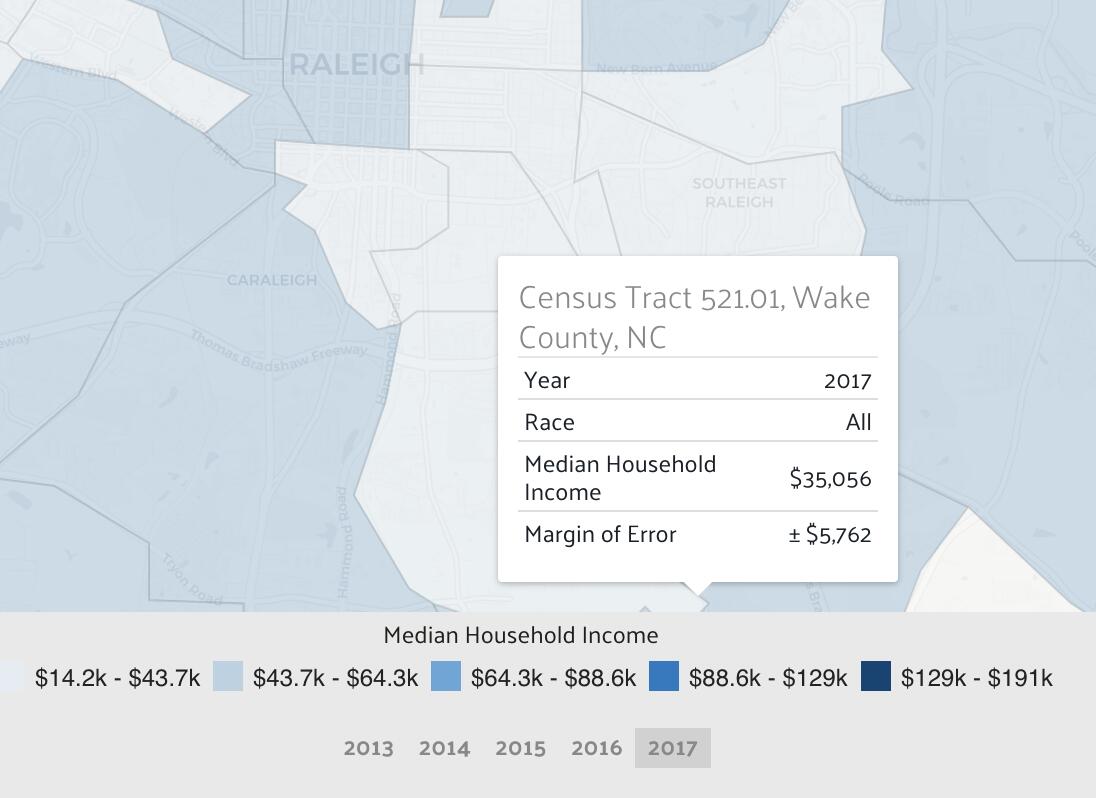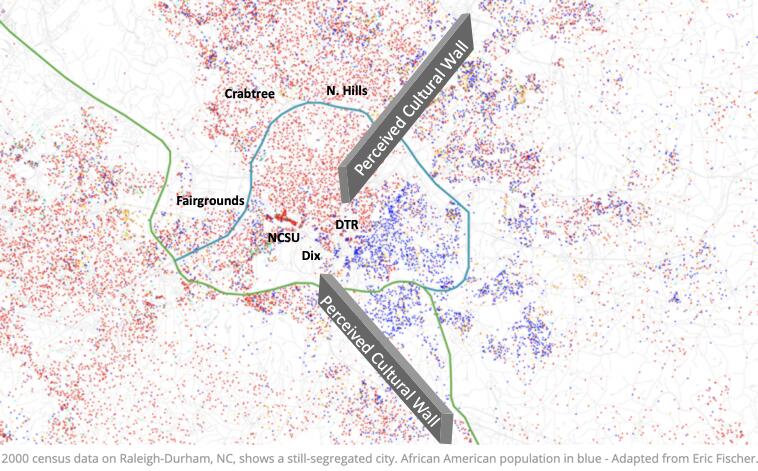It’s an implied sentiment that I’ve heard from some of my friends who are pretty active in left-leaning political things -so I wanted to nip it in the bud before it could become a problem.
If I had to come up with a way to add in some borderline-true misinformation, blow this idea up, and turn it into political poison for councilmembers, I would frame (to give @orulz and @dbearhugnc’s ideas a name, based on what we first called Downtown South on this site) this Penmark shunt idea as:
-
a racially-insensitive act of social injustice akin to modern-day redlining (which will piss off local and/or college-age activists), and;
-
an attempt to increase property taxes in low-income areas (y’all can guess who this would annoy)
I don’t think the Penmark shunt has to have those negative points, and wanted to make that clear.
From how I understand my very-left-leaning friends, Southeast Raleigh’s being seen as a part of the city that’s getting more and more “left behind” or “left defenseless” in the explosion of growth and attention that’s happening downtown/in North Hills/around NCSU. Remember: this is the part of Raleigh that’s in city limits, but was affected by redlining, is somehow still a food desert, and barely has any sidewalks/crosswalks among other issues. (And we know that even something more routine and hype-worthy like the Chavis Park renovation almost seems to be subject to different laws of physics east of downtown…)
Combine this demographic info on who lives around our Penmark shunt ideas…
…and the average income of the people who live there (if this is your livelihood that informs your short-term needs, would you really care about some train track realignments even if it might screw you over years in the future?)…
…it makes me worried about perpetuating a mental image of Raleigh that sorta looks like this:
Moving the barriers I drew above is what I’m worried this proposal could sound like. A proposal like that would mean two things:
-
additional opportunities for cheap, market-rate housing (what we call “development opportunities”)
-
rising costs-of-living, leading to more people facing evictions/in-county migration to neighborhoods with fewer job/school opportunities (what some people consider “gentrification”)
I’m wondering if it would be better to frame this proposal as a way to break down those barriers? This would mean:
-
“development opportunities” (by definition)
-
the removal/moving of a physical barrier between neighborhoods could help create a cultural connection that diffuses out the “good parts” of new developments
I feel like this problem of perception could be a (low-chance but) high-impact risk for this proposal, similarly to the excuses Duke hid behind to kill Durham’s light rail project. Isn’t it worth it for us to think about the economic justice of this project from the very beginning?


